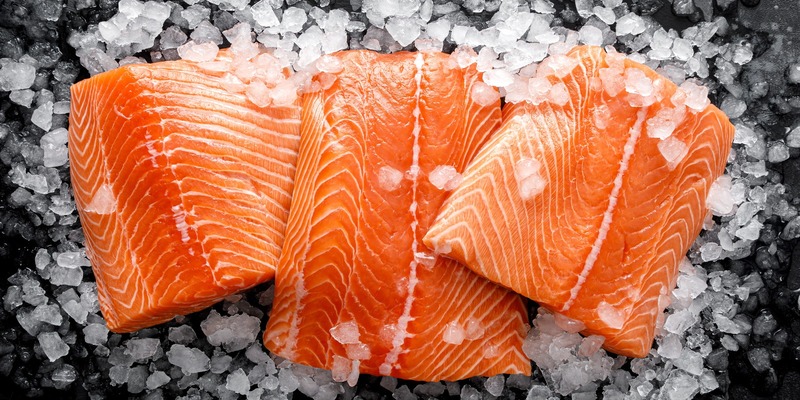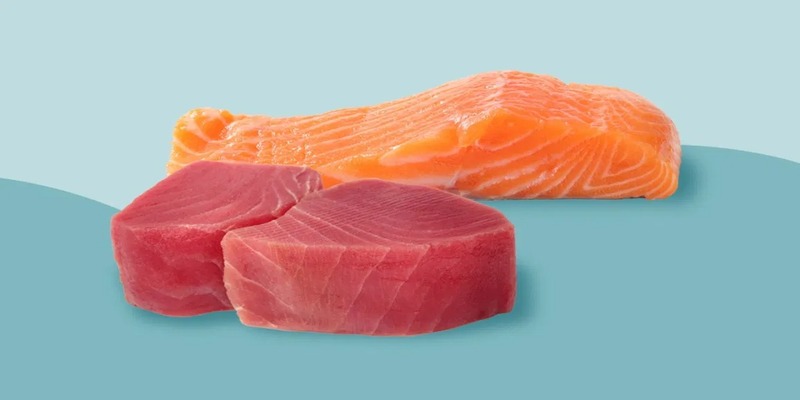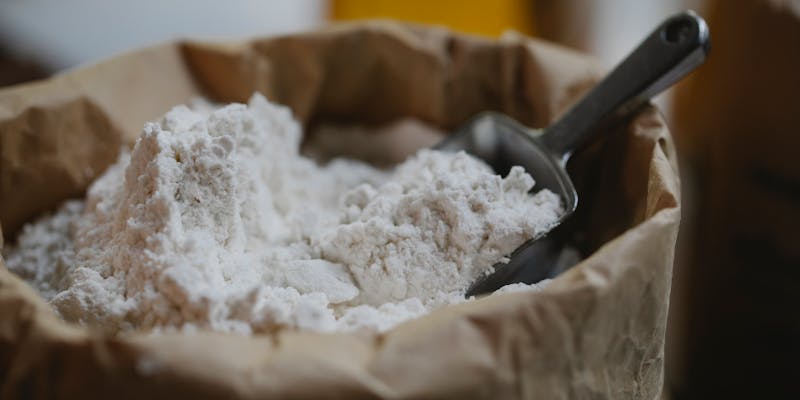As a popular fish that also happens to be high in beneficial nutrients, Salmon is a win-win. Cooking Light claims that Salmon is one of the healthiest seafood available since it is rich in omega-3 fatty acids, which are suitable for your heart.
Salmon has been revered for a very long time in many different civilizations. Native American communities in North America celebrate the arrival of spring with a feast known as the First Salmon Feast because Salmon is so sacred to their culture.
Salmon is revered worldwide for its involvement in the traditional Japanese New Year feast of Osechi Ryori, where it is regarded as a dish of youth. What has kept these communities alive for centuries remains a prized culinary item in high demand worldwide.
Chum Salmon
Pacific salmon of the 8- to 15-pound chum may be seen swimming around the American west coast. You could also know this fish as Silverbrite, Keta, or even dog Salmon.
A name so evocative must have some historical basis. The Smithsonian magazine claims that chum was a typical meal for dog sled crews in North America. Additionally, chum salmon become unappealing to the eye as they age because their skin becomes dark and their lips curl in.
Sockeye and king Salmon tend to get more attention than chum salmon. Despite its unappealing exterior, this delectable species is gaining popularity.
Pink Salmon

As reported by Smithsonian Magazine, a variety of Pacific salmon exists, with the pink type being the most prevalent in waters spanning from Oregon to Alaska. The Alaska Department of Fish and Game notes that pink Salmon, like chum salmon, is low in oil content and is thus often canned or preserved.
According to NOAA, pink Salmon weigh between 3.5 and 5 pounds on average, and male Salmon grow a prominent bulge on their back, earning the moniker humpbacks. There is also the fact that pink Salmon is farmed sustainably, which is a significant plus for this species.
States and the federal government work together to conserve pink salmon stocks and set catch limits for commercial and recreational fishing.
Atlantic Salmon
Although there are several distinct species of Pacific salmon, the Atlantic region is home to just one. Only farm-raised Atlantic salmon is accessible commercially, and the typical fish weighs between 8 and 12 pounds.
As described by Chef Resources, Atlantic salmon differs from a chum and pink Salmon in having a more robust oil content, a flesh color between pale pink and orange, and a flakey, thick texture.
In the past, people's minds automatically saw congested locations, fish farms with too many animals, and water and land contamination when they thought about farm-raised seafood. Sustainable farm fishing has come a long way in recent decades.
Coho Salmon

Coho salmon, commonly known as silver Salmon, is a higher-quality variety of Pacific salmon. They are less oil-rich than sockeye or king Salmon, but they are still quite popular.
Coho salmon, on average, weigh between 7 and 8 pounds, contain roughly twice as much oil as pink and chum Salmon, and expose bright reddish-orange flesh after cooking, according to Fishchoice.
Coho falls nicely in the pack's center in terms of cost, quality, and fat content. Poaching, smoking, boiling en papillote, and other low-heat, slow-cooking methods work wonderfully with this Salmon.
Sockeye Salmon
Sockeye salmon, which consumes a lot of krill and hence turns a dark red hue, is more popularly known as red Salmon, according to the Wild Salmon Center. The Pacific coasts of Alaska, Washington, and Oregon are home to the most significant concentrations of this fish species.
The National Oceanic and Atmospheric Administration claim that sockeye salmon are among the most protected species because of stringent fishing laws and constant stock monitoring.
Sockeye is high in omega-3 fatty acids, low in salt, and rich with a distinctive salmon flavor, with only King salmon topping it in fat content, according to Fishwatch.
The King Salmon
King salmon truly is the best Salmon there is, both in terms of size and flavor. King salmon, also called Chinook salmon, may grow above 50 pounds in size, according to Chef Resources, making it the most prominent species of Salmon in the Pacific by a significant margin.
Overfishing and habitat destruction have forced many king salmon populations to be listed as endangered or threatened by the federal government. Puget Sound Chinook became the first nationally protected stock in 1999, as recognized by the Environmental Protection Agency.
According to research published in the Journal of Agriculture and Food Research, wild-caught Chinook fillets had the highest fat content. This contributes to the fish's luscious texture and bright inner color.




